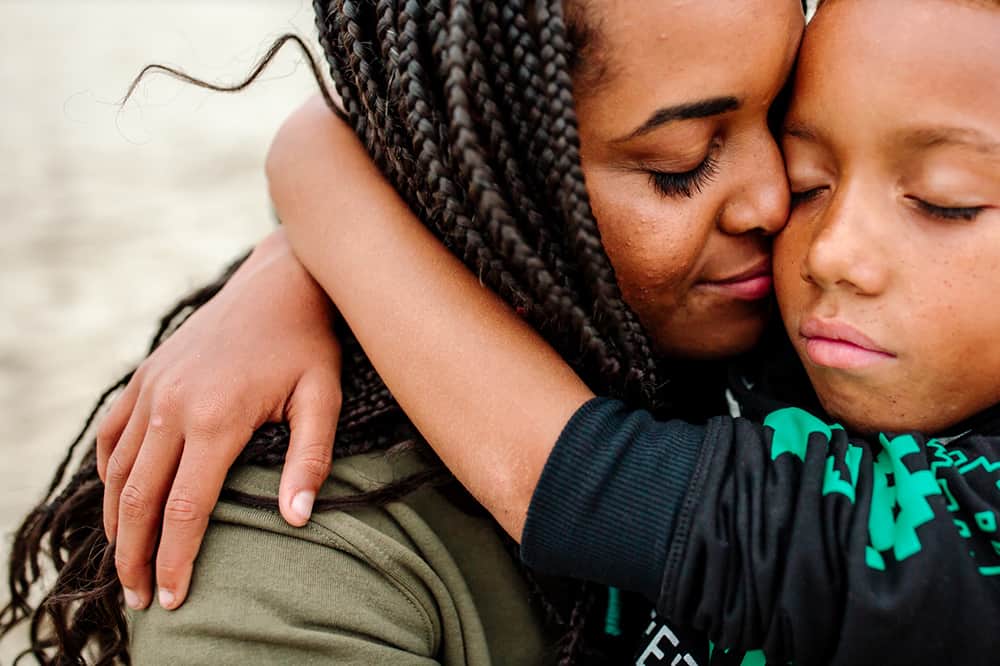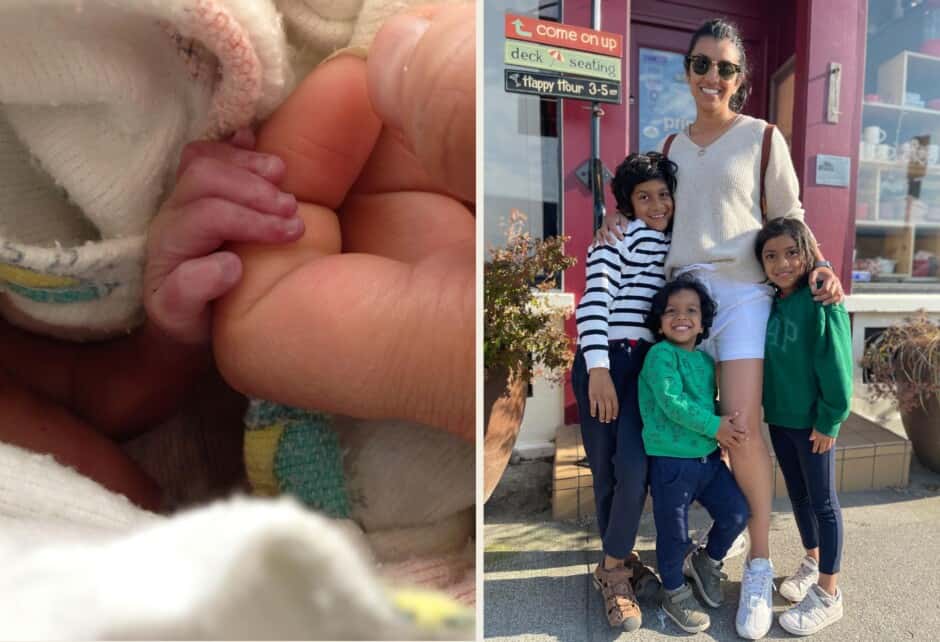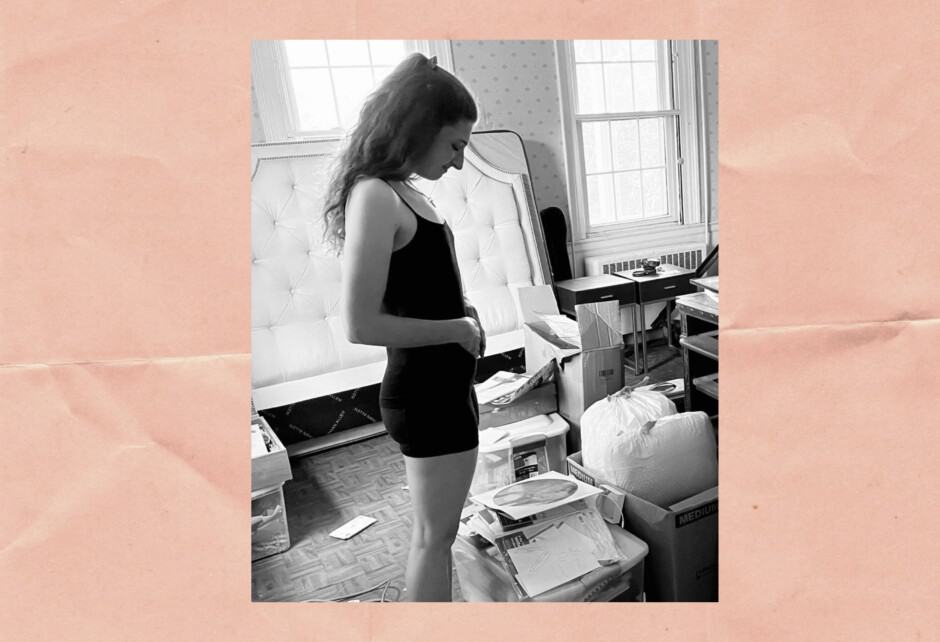
Why I Don’t Need Many Words to Explain Mass Shootings to My 9-Year-Old
Written by Terri Linton
Photography by Photo by Erin Brant
On the day an 18-year-old white man kills 10 people at a Buffalo supermarket, I’m driving on a two-lane road downstate in a suburban town. My son, busy on a video game, occupies the usual backseat. I too am distracted, thinking about the morning’s massacre of all Black people. Many of whom, elders. This time, a supermarket instead of a church. I’m thinking about the familiarity of my rage, my grief. I’m thinking about my growing unfamiliarity with feeling wholly safe anywhere, at any time.
I’m snapped out of my thoughts when I find myself trailing two white boys likely no more than a couple of years older than my nine-year-old son. They’re riding their bikes shoulder to shoulder in one lane. I watch them wondering what it must feel like to be a child in this country and live so freely that you don’t think about being purposefully stuck by a car, or stopped by the police for being the wrong color in the wrong neighborhood. I peer through the rearview mirror at my son, heavy-hearted that he’ll never know the same freedom as the two little white boys riding into the wind.
My son never asked why Black people were killed in Buffalo. This time, his mind was better able to distill what he was hearing on the news reports that filled our home. “That guy killed Black people because he’s racist.” He wasn’t asking, he was telling me. We’d lived through a white police officer crushing the life out of George Floyd while other police officers stood by. We lived through watching cities burn and streets erupt in protest; together, we marched in those streets. Two years ago was when he had questions about why the police would kill a Black person. Two years ago was when he asked why white people would want to hurt or kill Black people for simply being Black. Two years ago was when he wanted to know what the word racist means. Two years later, on this day, there are no more questions. Instead, knowing eyes.
The morning after another 18-year-old slaughters two teachers and 19 children in their classroom, we pull into the driveway of his school. “Why is that police car sitting there?” he asks.
“Because of what happened in Uvalde, many schools have the police on-site as a precaution.”
“Oh,” he says before hopping out of the car and telling me he’ll see me later.
Alone, I think about how quick and easy our conversation was. How matter-of-factly ‘oh’ slid from his lips. His seeming ease into the normalcy of it all. Perhaps we’d said all that needed to be said when I asked the night before would he know what to do if a shooter was in his school. When he said he knows from the drills to turn off the lights, pull down the blinds, hide under a desk, and try to be invisible. When he asked could there ever be more than one shooter, and I answered yes. When he told me that he hopes nothing like Texas ever happens to us as we watched bereft families grieve and remember loved ones. Again, in his eyes, there’s the knowing. That he’s the same age as the kids whose pictures flash across our TV screen. That I teach in university classrooms.
“I hope not too,” I say.
By day, I obsessively monitor social media. By night, I’m tethered to news stations bearing witness to a nation’s depletion. I hear the pleas that those in power legislate for gun safety; that we all exercise our power at the polls; that we protest; that we apply pressure on our elected officials. Indeed, all of those things should be done. But what if also there was no looking away from the white hot rage simmering behind closed bedroom doors. Or no side-stepping of the live wires that run through homes. Or no pushing of the propaganda that fuels hate and gives rise to manifestos. What if there was no deafening of ears to the advisements and warnings of school officials. And no more prioritizing of profit over people. What if, finally, somebody simply did something.
Terri Linton is a writer, podcaster, professor, and mother of a 9-year-old son, Jaxon. Her first essay for MOTHER was published in 2020—read it here. You can follow along with her at @sheisterril on Instagram.
Are you a mother with something to say? Send us an email to be considered for our “Mom Talk” column.
Share this story



